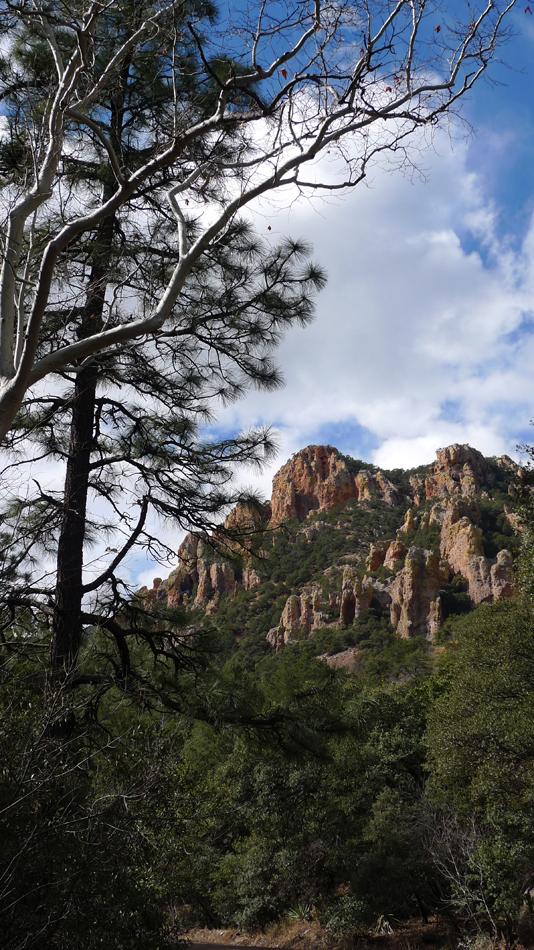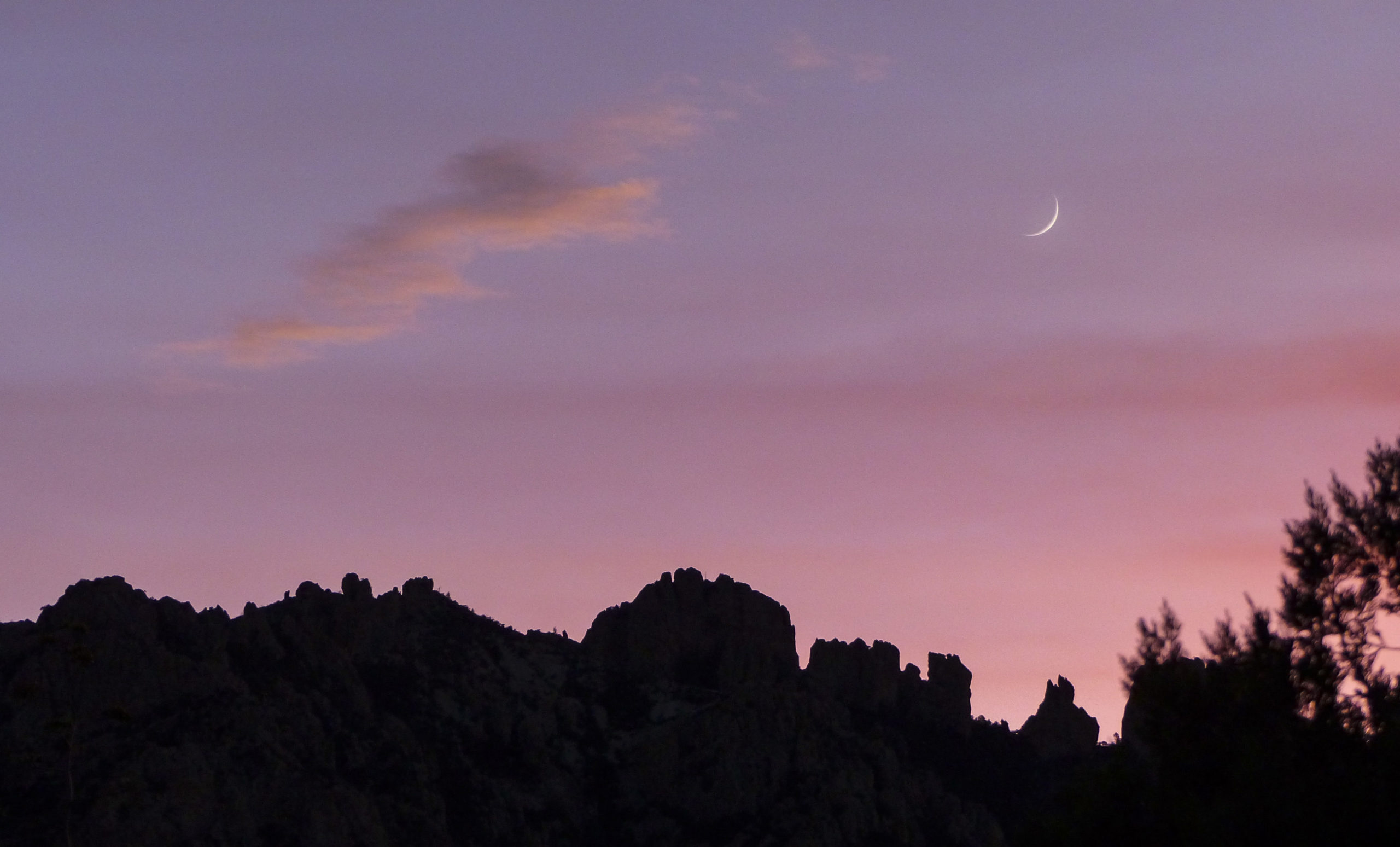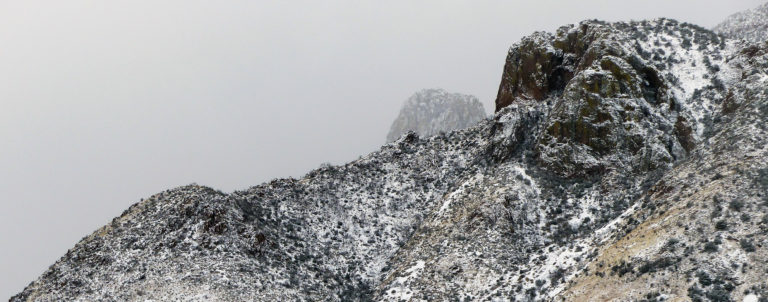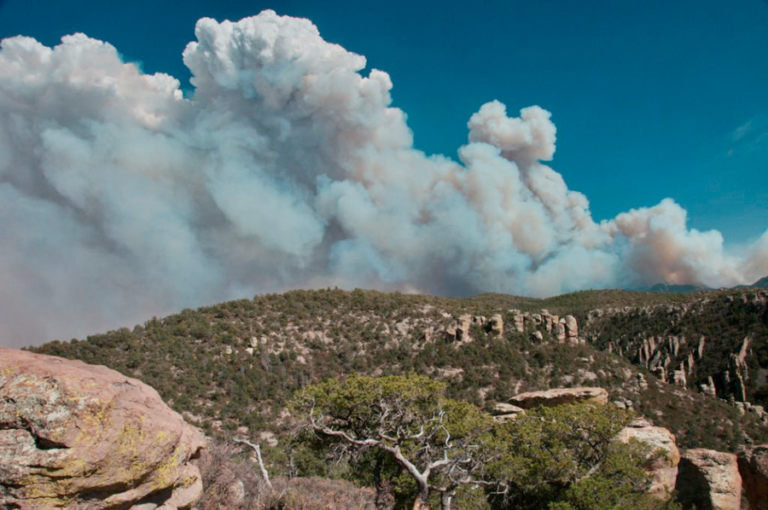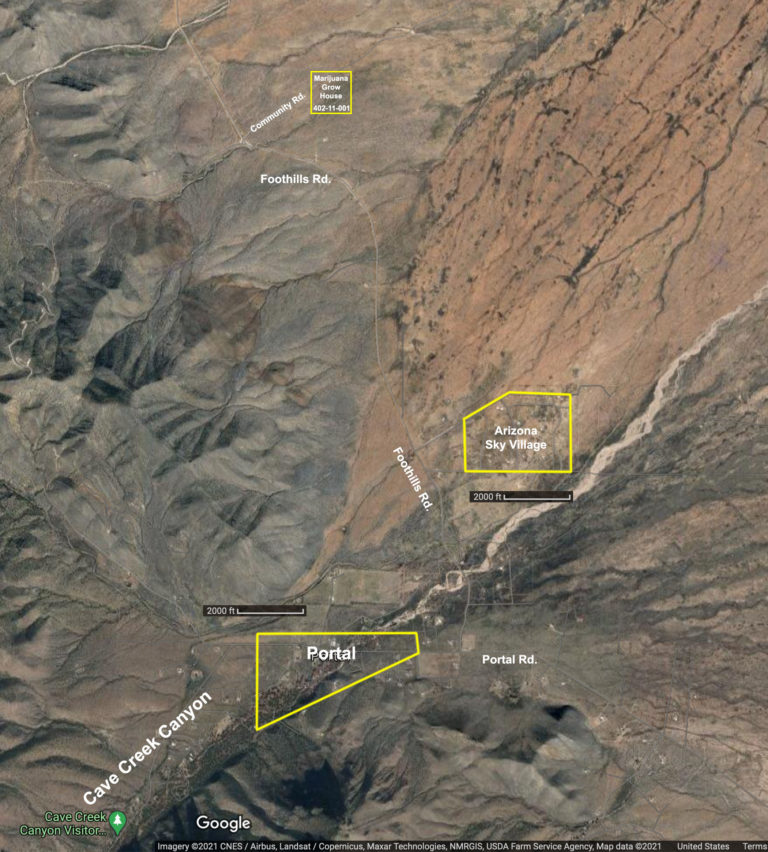Coronado Forest Plan Under Major Criticism
by Noel Snyder
Every national forest operates under a forest plan that presents goals and future actions to achieve goals. These plans are periodically revised. In March, the U.S. Forest Service released for public comment a Draft Forest Plan for future management of the Coronado National Forest. This is a plan to replace the existing plan of 1986 and is expected to guide policies for the next 20 years. Unfortunately, the new plan is limited largely to broad “feel-good” goals. And because specific actions and their associated costs are mostly not presented, it isn’t possible to evaluate whether the goals are achievable, whether appropriate means will be employed to achieve goals, and how the Forest Service will resolve conflicts among goals. In view of the major budgetary cuts the Forest Service has already experienced and can anticipate, it seems highly unlikely that adequate resources will exist to achieve many of the goals mentioned. If adequate resources are not available which goals will be sacrificed? In essence, the Forest Service seems to be asking the public to endorse its future actions without letting the public know what those actions may be.
For those familiar with the detail of the 1986 Coronado plan, the newly released plan is astonishingly vague and leaves many matters only minimally addressed or simply unaddressed. For example, missing from the plan is any discussion of border problems or how the the Forest Service is planning to address problems anticipated from climate change. Areas of the Coronado close to the border have been under siege from illegal immigrants, who have trampled “highways” across the terrain, left mountains of trash, and repeatedly started major fires that have cost the taxpayer many millions of dollars. Many of the trails on the Coronado are now effectively “owned” by well-armed drug smugglers, at least at night. Yet the new plan says nothing about these problems and how they will be corrected. If left uncorrected, these problems will undermine many other aspects of the plan.
Nevertheless, the aspect of the new plan that is by far the most troubling is the absence of any clear recognition of the overriding importance of what many observers maintain is the defining attribute of the Coronado – its tremendously high level of biodiversity. This biodiversity is unmatched by any other national forest and has been honored nationally and internationally. Protecting biodiversity is an overall national priority, and it is the Coronado’s outstanding biodiversity that supports a thriving ecotourism economy for many local communities. Biodiversity is in fact the economic life blood of the region. This value should be featured in the plan as a central focus around which other goals need to be harmonized. It is not.
Concerns over the Coronado’s biodiversity came into national focus in the 1990s when the Coronado Forest released a proposal to convert several of the Sky Island Units it administers into a National Recreation Area (NRA). This was a proposal resulting not from public demand but from its potential to increase the Coronado’s budget. However, an NRA can only come to pass with public support and Congressional action. In public meetings the proposal was blown away by vigorous and nearly unanimous opposition from people across the social and economic spectrum, who viewed conversion of the forest into a playground for mass recreation as a very bad idea. What emerged instead was overwhelming public endorsement of low-impact quiet recreation on the forest consistent with maintaining the biological riches of the forest. The NRA proposal was quietly dropped, but one wonders if anyone on the current planning staff of the Coronado remembers this embarrassing affair. In the current draft plan, recreation development is mentioned 226 times while biodiversity is mentioned only 6 times.
To be fair, the Forest Service has belatedly announced it will be including a new Cave Creek Zoological and Botanical Area (ZBA) in its revisions to the draft plan, an area protecting a canyon with by far the highest density and diversity of nesting raptors known anywhere in the U.S. But as welcome as the new ZBA is, the increased motorized recreation emphasis across the forest that is allowed in the new plan works directly against maintaining biodiversity values. Under the existing forest plan, the Coronado already has far more roads than are permissible. Biodiversity is not yet receiving the overall recognition and priority it deserves in the new plan.
In February the Forest Service expects to release a revised forest plan and a Draft Environmental Impact Statement on the plan. It will be crucial for the public to respond with comments on these documents.
